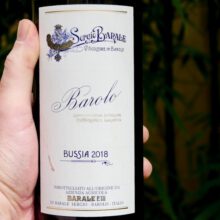
Product information
Barale Barolo ‘Bussia’ 2018
Nebbiolo from Bussia, Monforte d'Alba, Barolo, Piedmont, Italy
$166
Description
This is very well played. Bussia is right in the north of Monforte, which as a whole was very poorly defined during the MGA classification. It tends to produce wines of more elegance than many of the Crus further south in Monforte. Barale’s 2018s have been beautifully composed. The Bussia tannins are fine and restrained. The development and oxidative handling demands quality fruit and it has that with a solid core of red fruits layered in with savoury, earthy notes. I’m enjoying the balance of the 2018 Barales with fine acid matching well weighted grape tannins and excellent flavour profiles.
In stock



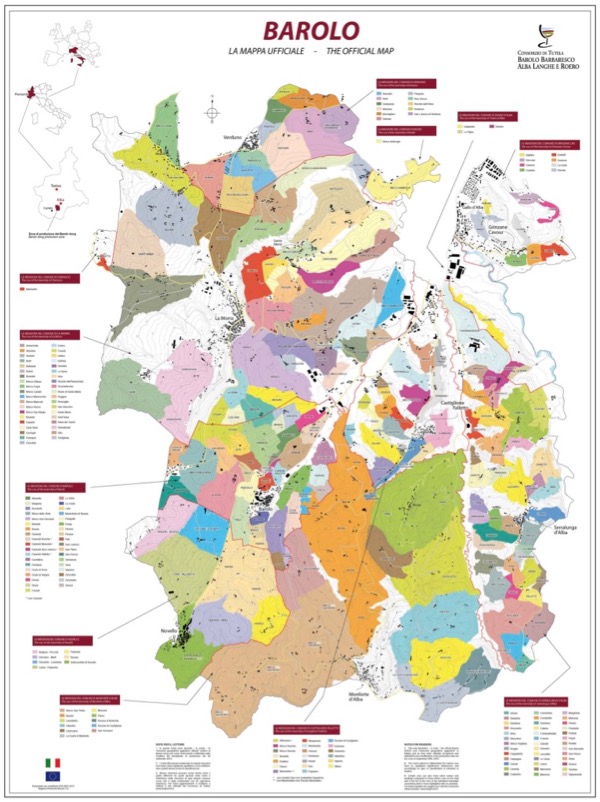
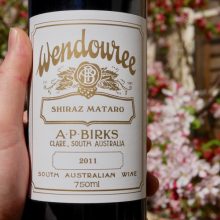
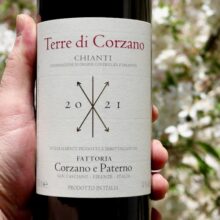
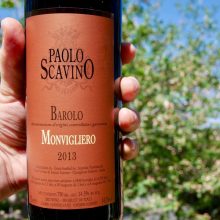
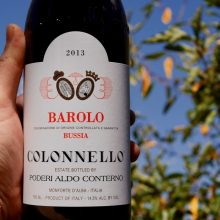
You must be logged in to post a comment.